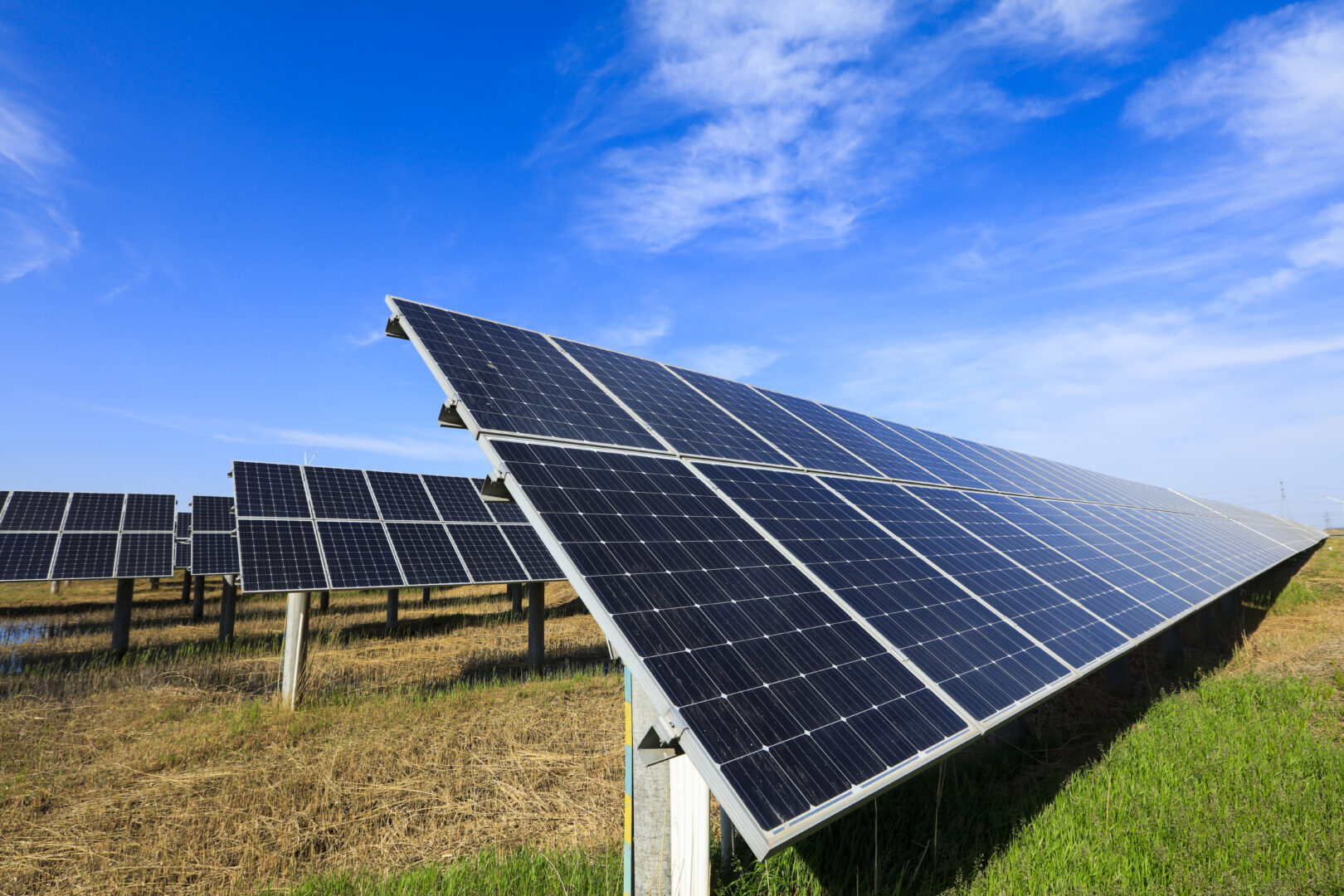
Solar photovoltaic power generation system, solar photovoltaic system, photovoltaic power system

Solar photovoltaic power generation system, solar photovoltaic system, photovoltaic power system

Solar photovoltaic power generation system, solar photovoltaic system, photovoltaic power system
Aired; January 22nd, 2024.
Pennsylvania is the third-largest energy producer in the nation. The state generates the second-most natural gas in the country.
Pennsylvania is also number three nationally in producing energy from fossil fuels.
Where the state lags is energy produced by renewable energies like solar, wind and geothermal. According to an October report from the PennEnvironment Research and Policy Center, Pennsylvania ranked 50th in the country for the rate of growth of renewables, although there has been an increase in the use of renewable energies.
Patrick McDonnell is the President and CEO of the environmental group PennFuture. Previously, he was the Secretary of the Pennsylvania Department of Environmental Protection. On The Spark Monday, McDonnell said Pennsylvania has a history of being a national leader in producing energy and should be again with renewables,”Going back to timber when, when we were founded. First oil well, the Drake oil well in the 1800s and then the natural gas discovery. And we’ve seen emissions going down. The issue is the rate at which they’re going down. When you look at how our state is doing compared to how other states are doing, we’ve gone from in 2010, the fifth in solar development. Today we’re the sixth worst in solar development. There’s a lot of room for improvement. The technology is there, the economics are there. It really is matter of policy and regulation.”
McDonnell indicated policymakers in Pennsylvania can’t be satisfied with the energy status quo. He said he jokes that Pennsylvania — when facing decisions to provide incentives or adopt policies that would expand renewable energies respond with “nah, we’re good.”
McDonell says there are economic benefits to transitioning to renewables but climate change has to be confronted,”Last month at the Climate Change Advisory Committee at Pennsylvania DEP, their contractor, presented data that showed where a few years ago, we thought we’d see an 8% increase in temperatures in the state. We’re now going to see a 9% increase. What does that mean? It means we go from the 14 days over 90 degrees that we had this past summer to 24, 36, depending on which scenario you look at. We’re looking at increasing precipitation and increasing drought because we get heavy rain events followed by nothing. And you’re looking at increasing floods across the state and impacts, particularly on coasts like in Philadelphia and in Erie.”
The days of journalism’s one-way street of simply producing stories for the public have long been over. Now, it’s time to find better ways to interact with you and ensure we meet your high standards of what a credible media organization should be.